Science fiction has always been a cornerstone of cinematic storytelling, perpetually evolving with each passing era, whether propelling audiences light-years into the future or drawing inspiration from the boundless cosmos. From Georges Méliès’ seminal silent film classic, “A Trip to the Moon,” which first captivated imaginations over a century ago, to the global phenomenon that is “Star Wars,” sci-fi movies have consistently served as a powerful engine for Hollywood blockbusters, pushing creative and technological boundaries.
The 1990s marked a particularly exhilarating period of rapid expansion and innovation for Hollywood sci-fi. Groundbreaking advancements in digital technology empowered filmmakers to materialize fantastical creatures and create entire worlds with an unprecedented degree of realism and immersion. The decade became a fertile ground for visionary directors and ambitious storytellers to revolutionize the genre.
Blockbuster maestros like Steven Spielberg, James Cameron, and George Lucas masterfully harnessed these burgeoning technologies, crafting truly groundbreaking visual effects and delivering era-defining adventures that captivated audiences worldwide. Simultaneously, both burgeoning talent and established figures within the film industry meticulously brought to life their own new-age classics, forever altering the landscape of science fiction cinema.
While some of these monumental sci-fi films achieved astonishing immediate success upon their initial release, others were, perhaps unjustly, initially overlooked, only to later ascend to a revered status and widespread popularity among passionate fans and discerning critics alike. Regardless of their initial reception, these films collectively left an indelible and significant mark on the science fiction genre, paving the way for future innovations and challenging conventional storytelling.
Herein lies a curated selection of 10 of the most profoundly important and captivating science fiction films from the transformative 1990s.
Top 10 Sci-Fi Movies of the 90s
10. Starship Troopers (1997)
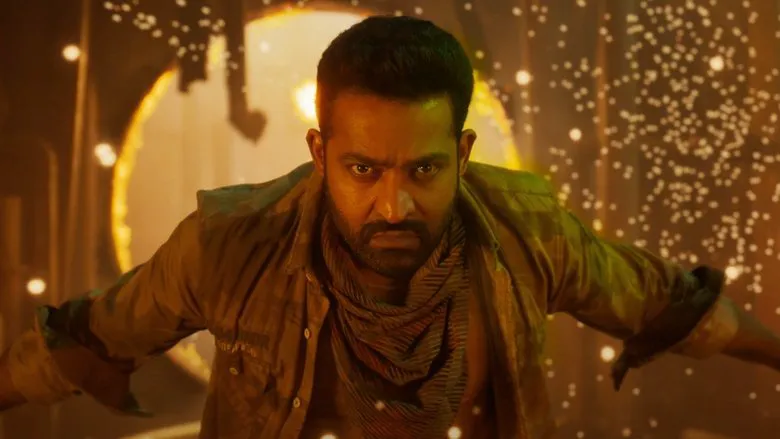
Whether one views his contributions as for better or for worse, Paul Verhoeven’s cinematic output in the 1990s undoubtedly stands as some of the decade’s most impactful and thought-provoking work. His film “Basic Instinct” audaciously pushed the boundaries of the erotic thriller genre, while “Showgirls” transcended its initial reception to become a beloved cult classic celebrated for its audacious camp. However, his profound contributions to science fiction are particularly noteworthy, especially his culminating film of the decade, the sprawling, grotesquely entertaining, and undeniably large-scale bug-killing B-movie, “Starship Troopers.”
Adapted from Robert A. Heinlein’s intensely influential and inherently controversial military sci-fi novel, Verhoeven, holding a firm conviction that the source material was intrinsically pro-fascist, boldly chose to craft a wildly audacious and unsparing war satire. With meticulous precision, Verhoeven vividly portrays the brutal war between humanity and an alien insectoid race, drenching every frame of action in a thick, ironic layer of camp. This artistic choice transforms the film into a dazzling yet disturbing chauvinistic propaganda piece, set within a chillingly militaristic future society. The film even unsettlingly intersperses recruitment advertisements and newsreels seamlessly between the frenetic and bloody battles, deepening its satirical bite.
The film’s mordant satire was anything but subtle, yet, surprisingly, it was tragically misunderstood by a segment of critics and audiences upon its original release. Perhaps this misinterpretation stemmed from expectations of a straightforward sci-fi war film, akin to the visceral action of “Aliens.” Since its debut, however, the film’s provocative tone and its ingenious treatment of the source material have undergone a much-deserved transformative reevaluation, with many now considering it a crowning achievement, even Verhoeven’s finest work. The creators of any recently announced “Starship Troopers” movie reboot would be wise to take careful note of its enduring power.
9. The Fifth Element (1997)
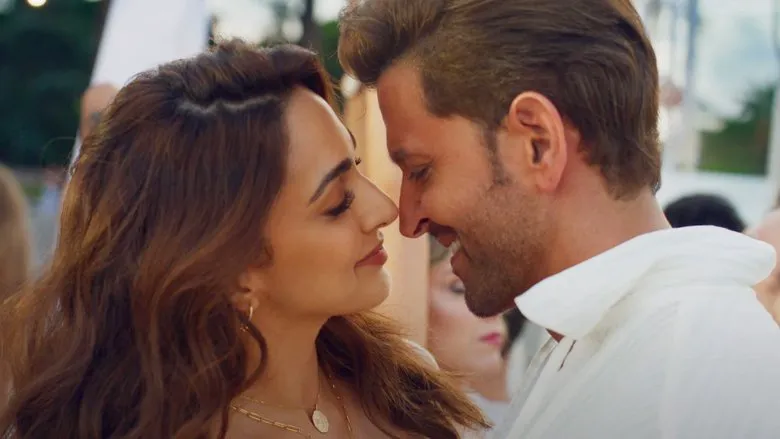
Released in the very same eventful year as “Starship Troopers,” Luc Besson’s extravagant big-budget spectacle, “The Fifth Element,” enjoyed greater commercial success at the box office but proved equally divisive among critics. The film largely garnered praise for its uniquely vibrant and imaginative visuals, yet simultaneously faced criticism for what some perceived as a flimsy plot and occasionally flamboyant, over-the-top performances. However, when juxtaposed against many of the formulaic and uninspired sci-fi films that have materialized in the years since, Besson’s creation remains a glorious, crazy breath of fresh air.
No actor embodies world-weariness quite like Bruce Willis, who perfectly inhabits the role of Korben Dallas, a New York taxi driver whose mundane life is abruptly, spectacularly disrupted by the sudden arrival of an elemental being, Leeloo, tasked with the paramount mission of saving the entire world. Milla Jovovich delivers a captivating performance as the enigmatic Leeloo; her portrayal perfectly balances childlike innocence with an astonishing proficiency in kung fu. Gary Oldman, with his signature flair, further expands his illustrious repertoire of villainous roles with his cunning, deliciously comical antagonist, Jean-Baptiste Amanuel Zorg. Adding to the film’s unique tapestry, Chris Tucker unleashes his inner flamboyant Prince as the controversial and unforgettable character Ruby Rhod, whose piercing screams could seemingly shatter glass.
The film’s striking visual aesthetic masterfully intersects retro-futurism with avant-garde high fashion. The iconic, eye-catching costumes were meticulously designed by the legendary Jean-Paul Gaultier, while the audacious production design drew heavy inspiration from the visionary artist Jean Giraud (Moebius), who even provided early concept art for the film. Giraud would later controversially attempt to sue Besson, alleging striking similarities to a comic he co-created. Seamlessly drawing from a dizzying dozen different wellsprings of inspiration, “The Fifth Element” constructs a truly quirky and unforgettable sci-fi world, providing audiences with an endlessly amusing and fantastically imaginative cinematic escape.
8. Galaxy Quest (1999)
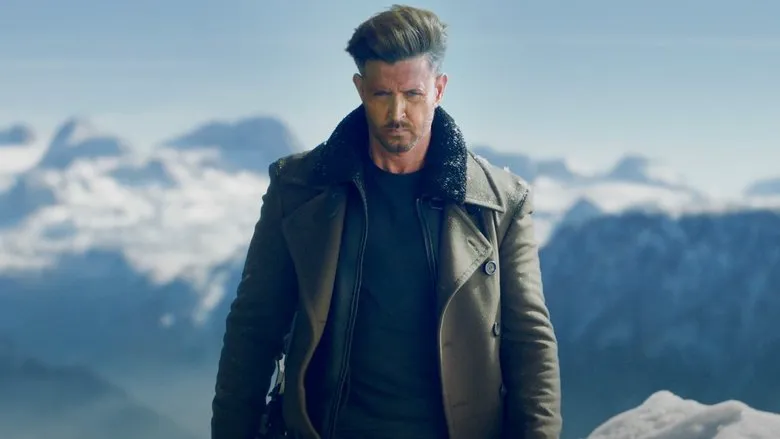
The very best parodies are almost always born from a place of profound affection for the subject they playfully mock. Few parodies are as deeply affectionate and genuinely endearing as “Galaxy Quest,” a film that not only masterfully takes aim at the beloved “Star Trek” franchise – including its iconic actors and devoted fanbase – but simultaneously crafts a deeply entertaining and genuinely thrilling sci-fi adventure in its own right. Years before more recent shows like “The Orville” and “Lower Decks” thoughtfully attempted their own brand of comedic deconstruction within the sci-fi realm, “Galaxy Quest” brilliantly poked fun at the enduring “Star Trek” legacy with an exquisite balance of sharp satire and heartfelt sincerity.
The film’s unparalleled success fundamentally stems from its remarkably clever premise: the aging, somewhat washed-up stars of a fictional “Star Trek”-like television show find themselves unexpectedly transported to actual outer space by a group of genuinely naive aliens. These aliens, having diligently watched the Earth broadcast, have mistakenly interpreted the actors’ on-screen heroic portrayals as genuine historical documentation, believing them to be the galactic heroes they embody on television. This classic “mistaken identity” trope, which could so easily falter if not perfectly executed, is pulled off with such impeccable finesse and charming sincerity that it resonates deeply and even emotionally with audiences.
A large segment of the film’s triumph is unequivocally due to its outstanding ensemble cast, an eclectic mix of seasoned sci-fi veterans and emerging comedic stars. Tim Allen is impeccably cast as the arrogant, yet surprisingly vulnerable, Shatner-esque figure, perfectly capturing the essence of a fading celebrity. Sigourney Weaver, long lauded for her serious sci-fi roles, stunningly showcases her formidable comedic talents while also subtly subverting traditional symbolic gender roles often found in the genre. Alan Rickman delivers a hilariously understated performance as the serious classical actor perpetually unable to escape the shadow of his most famous, and often embarrassing, role as an alien spokesperson. Add in the brilliant comedic support from Tony Shalhoub and Enrico Colantoni, alongside Sam Rockwell’s truly breakthrough comedic performance as the terrified, often-killed “extra” who blossoms into a brave, albeit comedic, lead, and the bizarre, wonderfully creative creature designs by the legendary Stan Winston, and it’s strikingly easy to comprehend why devoted “Trekkies” once affectionately ranked “Galaxy Quest” as one of the best “Star Trek” movies ever made—despite it not being one at all.
7. Total Recall (1990)
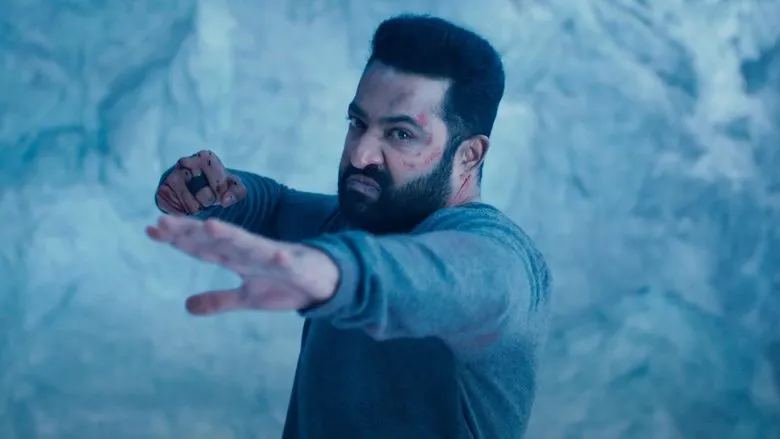
Paul Verhoeven’s other remarkable sci-fi offering of the 1990s, “Total Recall,” emphatically kicked off the decade with the director’s distinctive signature style of visceral, often cartoonish gore and unwavering ambition. “Total Recall” is an exhilarating, hyperkinetic sci-fi adventure, into which Verhoeven skillfully infuses copious amounts of biting social satire and profound existential elements. Adapted from Philip K. Dick’s intricate short story “We Can Remember It for You Wholesale,” the script was actually the brainchild of “Alien” creators Ronald Shusett and Dan O’Bannon and had been languishing in Hollywood’s infamous development hell for over a decade.
Ultimately, it was the towering figure of Arnold Schwarzenegger who providentially rescued the script from its long cinematic purgatory. Verhoeven, deeply impressed by Schwarzenegger’s earlier, groundbreaking sci-fi action film “RoboCop,” was a natural choice and enthusiastically invited to participate in the project. The synergy between director and star forged a powerful partnership, allowing them to rapidly advance this adventurous script from concept to full-blown cinematic reality. Schwarzenegger embodies Douglas Quaid, a seemingly ordinary construction worker whose waking dreams are tormented by visions of Mars. Driven by this obsession, he decides to embark on a simulated vacation to the Red Planet by implanting false memories via Rekall Inc., a company specializing in artificial experiences.
However, when the memory implant procedure unexpectedly triggers Quaid’s “real” memories – vivid recollections of himself as a secret agent violently fighting on Mars – it catastrophically sets off an intense, interstellar thriller. This gripping narrative plunges Quaid into a labyrinthine world of corporate espionage, startling mutant factions, and profound revelations about ancient Martian civilizations. While the film’s elaborate plot diverges significantly from Dick’s original, more subdued short story, which was decidedly more rational and never actually physically ventured to Mars, Shusett and O’Bannon’s screenplay shrewdly focused on spectacle. Crucially, the core philosophical ideas about identity, memory, and the nature of reality remain powerfully intact. Verhoeven ingeniously retains a central, tantalizing mystery throughout the film: is Quaid’s wild adventure undeniably real, or is it merely an elaborate, self-created fantasy within his own imagination, an artificially induced dream of unparalleled vividness? Regardless of one’s interpretation, the film unquestionably provides us with a wonderfully shocking, relentlessly action-packed, and supremely blood-pumping cinematic experience.
6. The Iron Giant (1999)
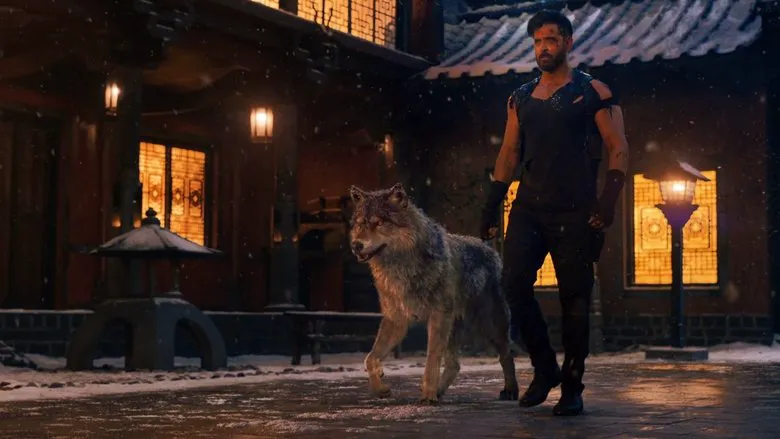
Today, Brad Bird is universally acclaimed for his extensive and pioneering work in both animation and live-action films, recognized for shaping modern animated masterpieces. However, in the 1990s, while serving as a valuable consultant on the beloved animated series “The Simpsons,” Bird largely struggled to get his own directing projects off the ground. It was Warner Bros. that ultimately granted him the pivotal opportunity to helm “The Iron Giant,” a film then being creatively developed as a musical with legendary musician Pete Townshend, who had previously crafted a concept album based on the original source novel, Ted Hughes’ “The Iron Man”—which also served as the profound literary basis for Bird’s eventual film.
Bird was ultimately given remarkable creative freedom and infused his own deeply personal insights into the story, meticulously transforming it into one of the very best and most emotionally resonant animated adventure films ever created. Bird’s profound love for classic American culture, the whimsical aesthetic of retro-futurism, and the intricate bonds of family kinship are all fully and beautifully expressed throughout the film. The story centers on its protagonist, Hogarth Hughes, a curious and observant young boy who lives with his single mother in a quiet town and unexpectedly befriends a colossal, metallic robot from outer space – an entity initially feared, but quickly revealed to possess a gentle, childlike soul.
The film’s animation is simply gorgeous, masterfully capturing the nostalgic, sepia-toned colors and idyllic charm of a 1950s New England town. It ingeniously utilizes early CGI technology to bring the benevolent giant robot to life with an expressive depth that allows true emotional connection. The deeply touching and profoundly relatable relationship that blossoms between the lonely boy and the lost robot forms the heart of the narrative. The little boy earnestly tries to convey to his extraordinary Iron Giant friend that he can transcend his original design as a weapon of destruction, proving himself to be more than his intended purpose. Through this powerful, central theme, the film cleverly combats the pervasive paranoia and devastating potential of military powers during the tense backdrop of the Cold War. The ending remains, to this day, deeply moving and poignant; it’s safe to say that anyone who doesn’t shed a tear is probably, perhaps, a cold-hearted robot themselves.
5. Men in Black (1997)
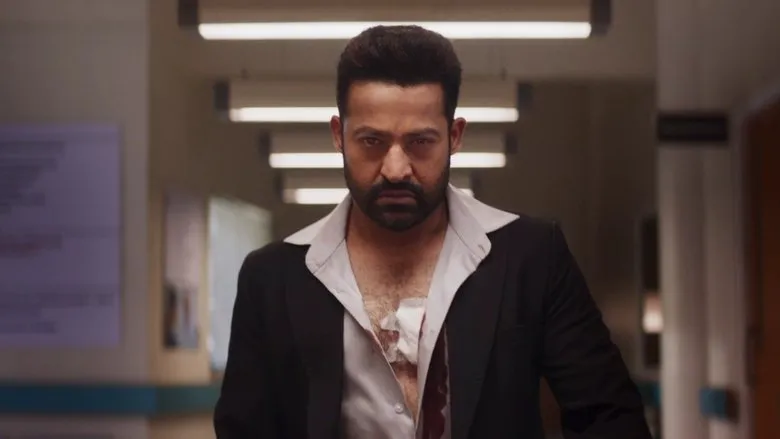
Will Smith blazed a trail as one of the brightest and most charismatic superstars of the 1990s, and his meteoric rise to fame is largely attributable to two immensely successful alien sci-fi adventure films that dominated the box office. While “Independence Day” offered a dazzling, glitzy upgrade of the classic 1950s alien invasion film, the charming and inventive buddy comedy “Men in Black” ingeniously suggested to audiences that, contrary to popular belief, benevolent and malevolent aliens have in fact been living among us all along, hidden in plain sight.
Though the original “Men in Black” comic series was notably darker and far more cynical in tone, director Barry Sonnenfeld, honed his comedic energy and quirky sensibilities from his acclaimed work on the two “Addams Family” films, deftly infused the film with a lighter touch. He then masterfully paired Smith with the stoic, brilliantly understated Tommy Lee Jones, thus creating a truly iconic sci-fi odd couple with undeniable, electric chemistry. Smith and Jones perfectly embody their respective roles: Smith as the eager, reckless rookie, and Jones as the world-weary, retiring veteran. Together, they form an elite secret organization, united in their mission to face down a grotesque yet oddly comical alien threat, embodied by Vincent D’Onofrio’s astonishingly physical performance as a menacing, leather-clad bug-man.
D’Onofrio’s outstandingly bizarre and physical portrayal is arguably one of the most underrated comedic performances of the entire 1990s, adding a unique, unsettling humor that elevates the film significantly. And this memorable villain is just one of the myriad aspects of “Men in Black” that make it feel refreshingly original, witty, and surprisingly sophisticated even nearly three decades later. “Men in Black” successfully spawned several lackluster sequels and a host of imitators that often failed to recapture its precise blend of entertainment value, sharp wit, and delightful whimsy. The first “Men in Black” remains, by far, the pinnacle of the franchise, a cinematic gem so unforgettable that it would require more than just a neuralyzer to erase it from memory.
4. Ghost in the Shell (1995)
The 1990s heralded a golden age for Japanese animated films, witnessing the release of some of the most influential and artistically profound works ever created in the medium. Studio Ghibli operated at its zenith, enchanting audiences with its magical realism, while visionary directors like Satoshi Kon and Mamoru Oshii pushed cinematic boundaries, crafting bold, genre-bending films that redefined animation’s potential. Among Oshii’s groundbreaking contributions were the intricate alternate history “Jin-Roh” series and, most notably, the unparalleled cyberpunk noir classic, “Ghost in the Shell.”
This highly influential animated masterpiece, a meticulously adapted work from Masamune Shirow’s seminal manga of the same name, is a hard-boiled sci-fi action film wrapped around a fiercely intelligent philosophical inquiry. It courageously tackles complex themes such as the ever-evolving nature of identity in a digital age, the mysterious essence of consciousness, and the moral implications of advanced artificial intelligence. Its profound and far-reaching influence can be unmistakably glimpsed in an astonishing array of subsequent live-action films, impacting everything from the revolutionary visuals and themes of “The Matrix” to the immersive world-building of “Avatar.”
The film meticulously follows Major Motoko Kusanagi, an elite cyborg agent belonging to an enigmatic cybercrime law enforcement agency, Section 9. Her latest perilous assignment involves tracking a supremely dangerous and elusive hacker known as the Puppet Master, an entity capable of infiltrating and manipulating people’s minds and digital “ghosts” within their bodies. Like many of its most esteemed Japanese anime counterparts, this film is infinitely more complex than a simple action narrative, delving deeply into a wide spectrum of challenging philosophical topics that resonate profoundly decades later.
Crucially, beyond its intellectual depth, it remains a dynamically engaging and intellectually stimulating action film. Its aesthetically stunning and prophetic vision of a hyper-connected, cybernetically enhanced future requires and richly rewards repeated viewings to genuinely savor its breathtaking visual thrills and fully contemplate its myriad themes. Forget the dull and largely superficial live-action remake; the original animated “Ghost in the Shell” is a timeless, perfect work of art that continues to resonate with an ever-increasing relevance as technology advances.
3. Jurassic Park (1993)
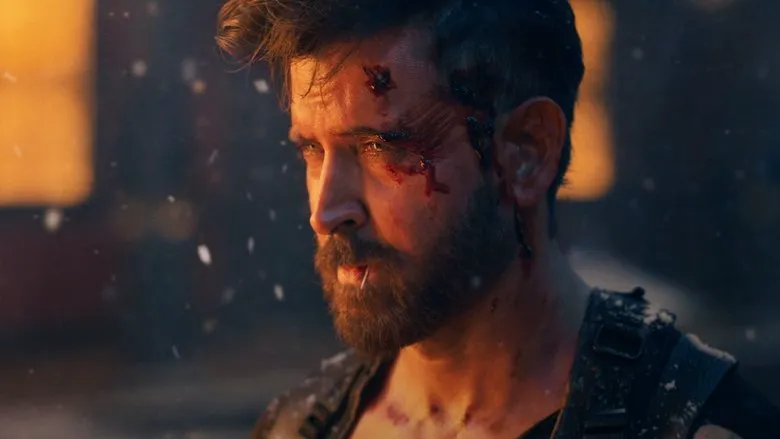
Nearly two decades after unilaterally inventing the modern summer blockbuster with his groundbreaking masterpiece “Jaws,” Steven Spielberg returned to once again electrify audiences with another precisely perfect monster movie: “Jurassic Park.” The genesis of this cinematic marvel began serendipitously during his collaboration with author Michael Crichton on the medical drama television series “ER.” Spielberg simply, and casually, inquired what Crichton’s next novel might be.
Crichton then outlined what sounded like a fantastical, yet darkly cautionary, dinosaur theme park idea, simply naming it “Jurassic Park.” Spielberg was immediately and instinctually drawn to the audacious concept, envisioning its boundless cinematic potential, and the rest, as they say, is immortal Hollywood history. Spielberg expertly took Crichton’s chilling sci-fi thriller novel and, with the invaluable help of screenwriter David Koepp, meticulously polished away its more cynical, darker narrative elements. In their place, they crafted an adventure film brimming with unadulterated wonder, bone-chilling terror, and an infectious sense of awe.
While the sprawling “Jurassic Park” film series has arguably descended into increasingly silly territory with each subsequent installment, the original film, decades later, remains an absolutely breathtaking and terrifying cinematic experience. The film’s core premise is brilliantly simple, essentially a magnificently updated and expanded version of Crichton’s own earlier, pioneering work, “Westworld.” The story focuses on the terrifying logistical nightmare—and visceral human survival—after genetically engineered dinosaurs inevitably escape captivity on a remote island. This scenario provides Spielberg with an expansive canvas, allowing him tremendous artistic freedom to create one iconic, pulse-pounding scene after another.
The heart-stopping T-Rex escape sequence, along with the exquisitely tense Velociraptor kitchen scene, stand as prime examples of a master director at the top of his craft, elevating B-movie thrills to an art form. These sequences, in particular, remain unsurpassed by any effort within the rest of the series. The film’s unprecedented success is also monumentally owed to Industrial Light & Magic’s landmark digital effects, which breathed life into dinosaurs with unparalleled realism. This groundbreaking virtual artistry was seamlessly combined with Stan Winston’s incredible, robust animatronic dinosaurs, which provided palpable weight and terrifying presence. The ingenious fusion of cutting-edge practical and digital effects compelled audiences to truly believe that, miraculously, terrifying prehistoric creatures had been brought back to life before their very eyes.
2. Terminator 2: Judgment Day (1991)
Before Industrial Light & Magic sent shockwaves through the cinematic world by realizing photorealistic dinosaurs, they had already brilliantly experimented with the mind-bending concept of a liquid metal assassin, setting a new benchmark for visual effects. “Terminator 2: Judgment Day” is James Cameron’s expansive, audacious, and gloriously big-budget sequel to his own dark, gritty, noir-tinged sci-fi slasher predecessor. Cameron fully capitalized on the sequel’s significantly higher budget, transforming what was once a relatively small-scale sci-fi thriller into an unbridled, large-scale action blockbuster of epic proportions.
One of the most audacious ways Cameron defied and masterfully subverted fans’ expectations was by radically reshaping Arnold Schwarzenegger’s iconic, terrifying villain from the first film into a stoic hero, now sent from the future to protect the young yet crucial leader of the human resistance, John Connor. Simultaneously, he introduced the lethally upgraded, virtually unstoppable T-1000, a liquid metal shapeshifter portrayed with chilling precision by Robert Patrick. Cameron had originally envisioned a liquid metal Terminator for the first film, but the technology of the time was simply not advanced enough to present it satisfactorily; “T2” was the perfect canvas to finally realize this groundbreaking vision.
Beyond the absolutely stunning and revolutionary visual effects, Cameron also exponentially expanded his richly detailed sci-fi world, deepening the audience’s profound love and understanding for the “Terminator” universe. The film meticulously delves into the characters’ emotional arcs and the impending cataclysm of Judgment Day with a compelling urgency. The action sequences were likewise fully upgraded and amplified to unprecedented levels; the relentless motorcycle and semi-trailer truck chase, in particular, remains one of the most electrifying and meticulously choreographed action sequences in cinematic history.
“Terminator 2: Judgment Day” not only solidified Schwarzenegger’s status as an undeniable Hollywood superstar and cemented James Cameron’s reputation as a peerless director of top-tier action films, but it also transformed Linda Hamilton’s Sarah Connor into an iconic, fiercely powerful heroine of cinematic history, evolving her from a naive survivor to a battle-hardened warrior. This sequel is a triumphant step up in virtually every conceivable way, taking the compelling apocalyptic sci-fi setting of the original and retaining all its thrilling and exciting elements, while simultaneously pushing the boundaries of spectacle and emotional gravitas to a new, stratospheric level.
1. The Matrix (1999)
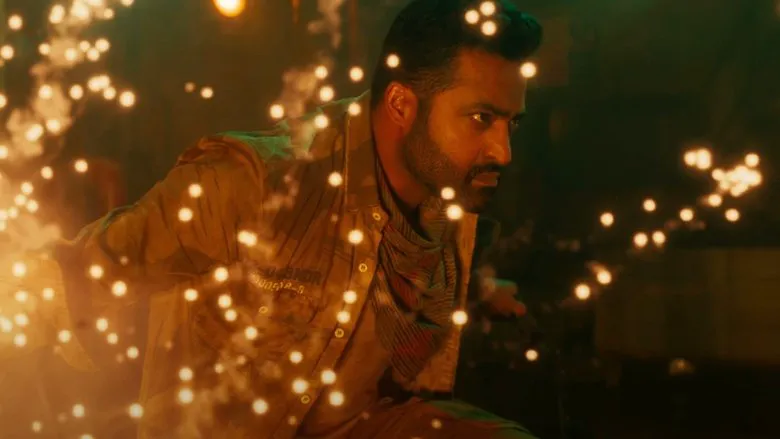
The Wachowskis’ groundbreaking ultra-sci-fi action thriller triumphantly brought the 1990s to a definitive close, unleashing a veritable storm of leather trench coats, philosophical dilemmas, and visually revolutionary action onto the silver screen. “The Matrix” masterfully absorbed and synthesized a diverse array of influences, including the kinetic artistry of anime, the dazzling choreography of Hong Kong action films, and the prescient ideas of cyberpunk literature, ultimately forging itself into arguably the single most important and influential sci-fi film of the entire '90s.
“The Matrix” was not merely a box office success; it quickly blossomed into an undeniable global phenomenon. Its profound cultural impact sparked a flurry of sequels, expansive spin-offs, creative reboots, and countless direct imitators. Dozens of films have diligently attempted to replicate the innovative charm, intellectual depth, and revolutionary action of “The Matrix,” but none have ever come close to capturing its unique magic or achieving its unparalleled cultural resonance.
Keanu Reeves delivers a career-defining performance as Thomas Anderson, a seemingly ordinary computer programmer who moonlights as a hacker named Neo. He soon uncovers a shattering truth: the world he knows is a simulated illusion meticulously crafted by sentient machines, and he shoulders a far greater, prophesied purpose within this desperate reality. With this iconic role, Keanu Reeves not only re-established himself but firmly cemented his status as the quintessential action hero for a brand new millennium.
The film adeptly adopts familiar cyberpunk tropes of corporate control and simulated realities, yet it transcends them through the pervasive influence of meticulously choreographed kung fu fights and, most famously, the visually iconic “bullet-time” action shots. These cinematic innovations made it far more accessible and exhilarating for mainstream audiences, drawing them into its complex world. While slow motion had always been part of the language of action films, and some commercials and music videos had previously toyed with similar visual concepts, “The Matrix” found the absolute perfect amalgamation of groundbreaking concept and flawless execution to present truly stunning, paradigm-shifting results.
Beyond its revolutionary aesthetics and explosive action, “The Matrix” deeply explores universal and timeless themes of identity, free will, choice, and love within an oppressively bleak dystopian setting. These profound philosophical questions resonated powerfully with audiences living in an increasingly digital and interconnected age, against a backdrop of relentlessly advancing technology. As artificial intelligence continues its rapid, sometimes alarming, ascent, and powerful technology companies continue to deploy their creations without full consideration of consequences, the real-world philosophical significance and prophetic warnings of “The Matrix” continue to grow, making it an absolutely unmissable sci-fi classic from the 1990s and, indeed, far beyond.